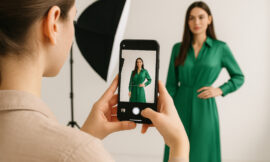Reading Time: 8 minutes
Suitable For:
- Marketing Professionals
- Brand Managers
- E-commerce Business Owners
- Photographers and Content Creators
- Small to Large Business Owners Looking to Enhance Their Brand Image through Photography
Table of Contents
- What is Advertising Photography & Why Does It Matter?
- Types of Advertising Photography: Tailoring Visuals to Your Brand Goals
- How Advertising Photography Boosts Brand Image
- Essential Equipment for Advertising Photography
- Tips for Creating High-Impact Commercial Photos
- Conclusion
What is Advertising Photography & Why Does It Matter?
Advertising photography is a key element in creating strong visuals that communicate a brand’s message and values. In the fast-paced world of business, commercial photography plays a significant role in attracting customers and differentiating your brand from competitors.Whether it’s for an online store, a print ad, or a social media campaign, great advertising photography can instantly capture the attention of potential customers,especially in visually driven markets like shoot in Dubai, where competition is fierce and presentation is everything
Examples:
- Apple: Apple’s advertising photography emphasizes the elegance and simplicity of its products. Their product shots showcase the sleek design of iPhones, MacBooks, and accessories in minimalistic settings, helping to reinforce their brand’s clean, premium image.
- Nike: Known for its impactful lifestyle photography, Nike features athletes in action, often using dynamic lighting to create an inspiring, energetic visual atmosphere.
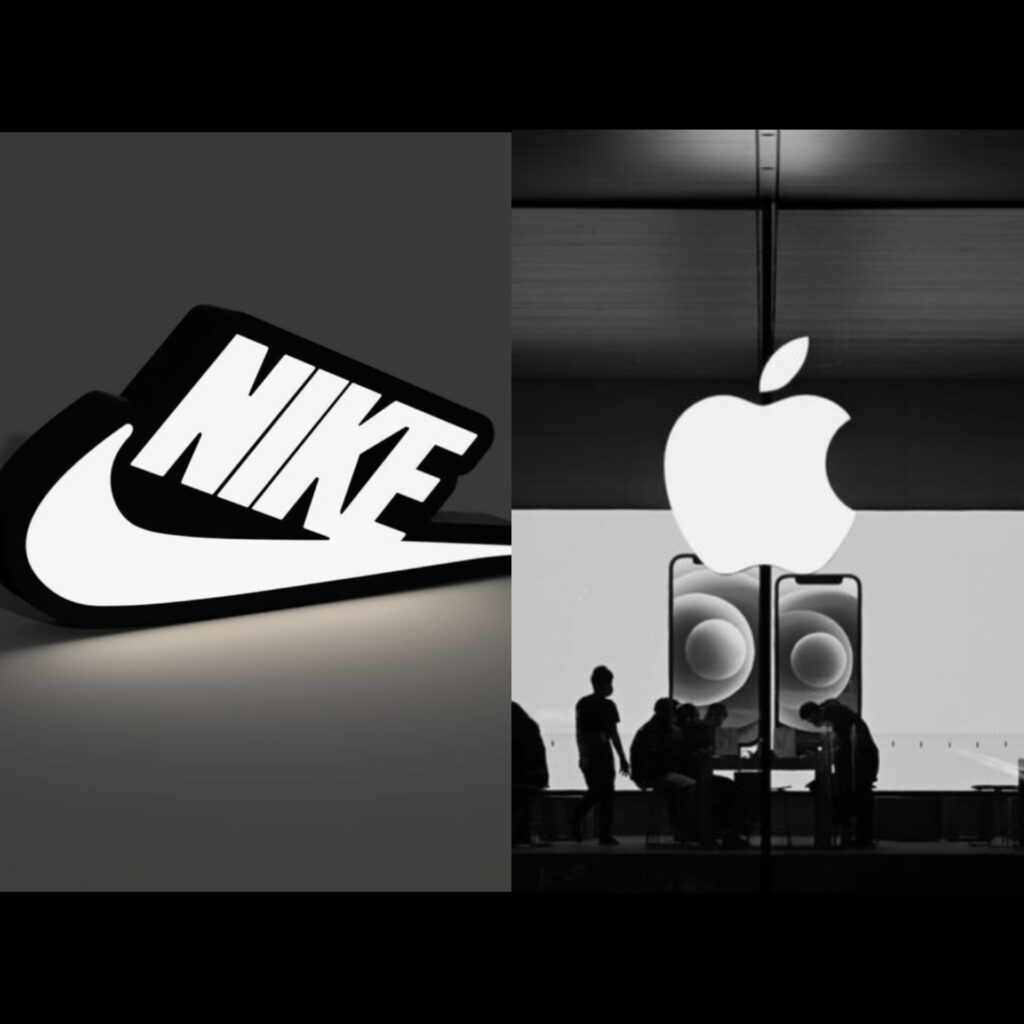
Types of Advertising Photography: Tailoring Visuals to Your Brand Goals
Different advertising campaigns require different approaches to photography. Understanding the various types of advertising photography and tailoring them to your brand’s needs is key to crafting compelling and effective visuals. Here are some key examples of advertising photography across industries, each with a breakdown of their unique requirements and techniques:
1. Product Photography: Highlighting the Features and Benefits of Your Product
Product photography is essential for showcasing the core aspects of your product in the best possible light. Depending on the product, certain techniques and setups are used to create stunning, eye-catching images. This is commonly used in industries like e-commerce, retail, and consumer goods.
Examples:
- Food Photography: Companies like McDonald’s and Starbucks excel at food photography by presenting their products in visually appealing ways. McDonald’s, for example, uses close-up shots of burgers with shiny buns to make them look irresistibly fresh and delicious. Techniques:
- Close-up shots to show texture
- Use of props (e.g., fresh ingredients)
- Lighting that highlights the food’s glossiness or color.

- Jewelry Photography: Tiffany & Co. and Cartier are known for their exquisite jewelry photography. These brands use highly detailed product shots that highlight the sparkle of diamonds or the smoothness of gold, making the jewelry appear luxurious and desirable.
- Techniques: Macro lenses for detail, high-contrast lighting to create sparkle, and using backgrounds that complement the luxury or elegance of the jewelry.
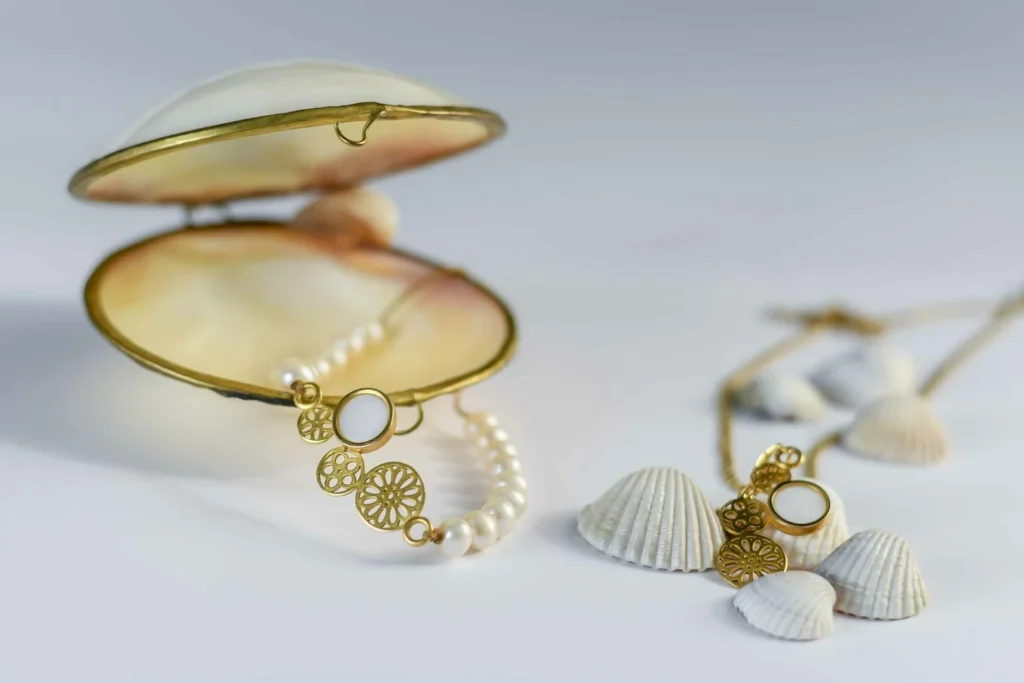
- Furniture or Product Photography: IKEA excels at creating simple yet striking product photography, often showcasing its furniture in clean, minimalistic settings. These images help customers visualize how the items can fit into their own homes.Techniques:
- Clean backgrounds,
- varied angles to show usability
- proper lighting to create a sense of depth and texture
For many businesses — especially in competitive regions where dubai photoshoot prices are a concern — mastering product photography is essential for standing out.

2. Lifestyle Photography: Creating Emotional Connections Through Real-Life Contexts
Lifestyle photography aims to show products within real-world settings, helping customers envision how the product fits into their own lives. By placing the product within a story or scene, lifestyle photography connects with viewers on a more personal level.
Examples:
- Fashion & Apparel Photography: Brands like H&M, Zara, and Patagonia utilize lifestyle photography by showing their products being worn in everyday or aspirational settings. These images make the clothing feel attainable yet stylish, establishing an emotional connection with the viewer.Techniques:
- Outdoor or indoor settings
- natural light
- and storytelling to convey the brand’s values or target audience.
In places with diverse visual backdrops — like the golden dunes captured in a dubai desert photoshoot lifestyle photography becomes an even more powerful tool for storytelling.

- Real Estate Photography:Airbnb often uses lifestyle photography to show its rental properties in inviting, comfortable settings, with people enjoying their stays. This helps potential guests visualize themselves experiencing the space.Techniques:
- Wide-angle lenses to capture space
- natural or soft lighting to make rooms appear bright and airy,
- featuring the property in real-life contexts.
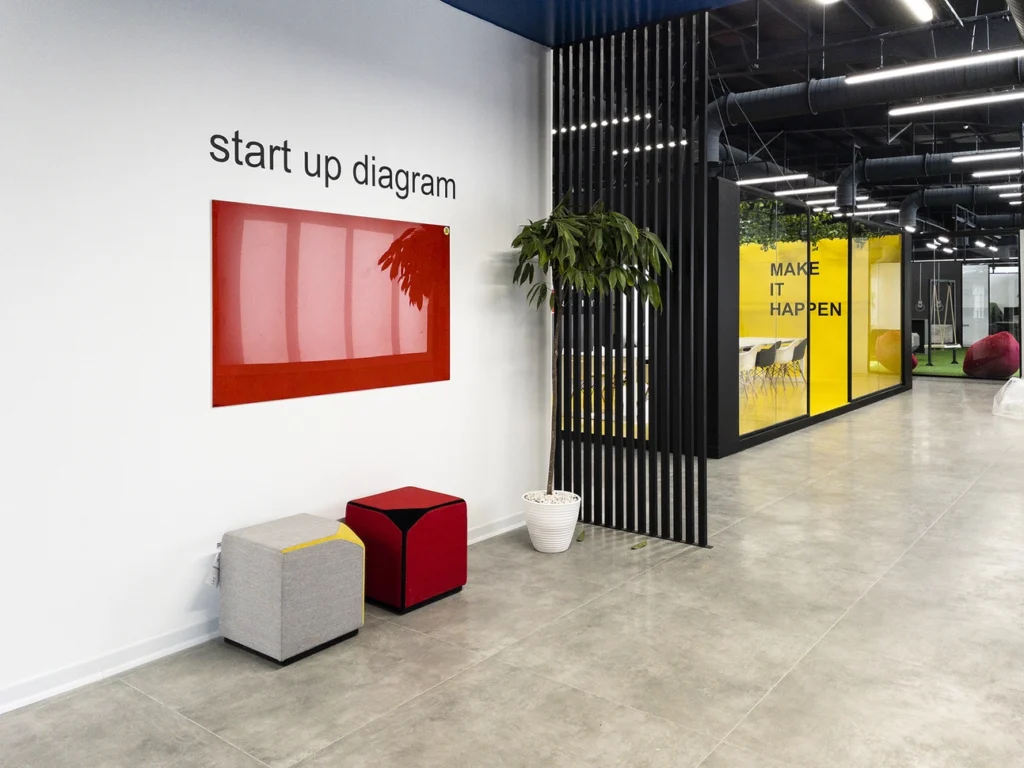
- Fitness Photography:Under Armour uses lifestyle photography to show athletes in action, wearing their activewear and using their gear. These images emphasize strength and determination, creating an aspirational vibe that resonates with fitness enthusiasts.Techniques:
- Action shots,
- natural or gym lighting,
- and capturing the energy and determination of the subjects to inspire potential customers.
This type of approach is also widely used by pre wedding photographers in Dubai, who aim to capture authentic moments in natural settings that resonate emotionally with the couple and their story.
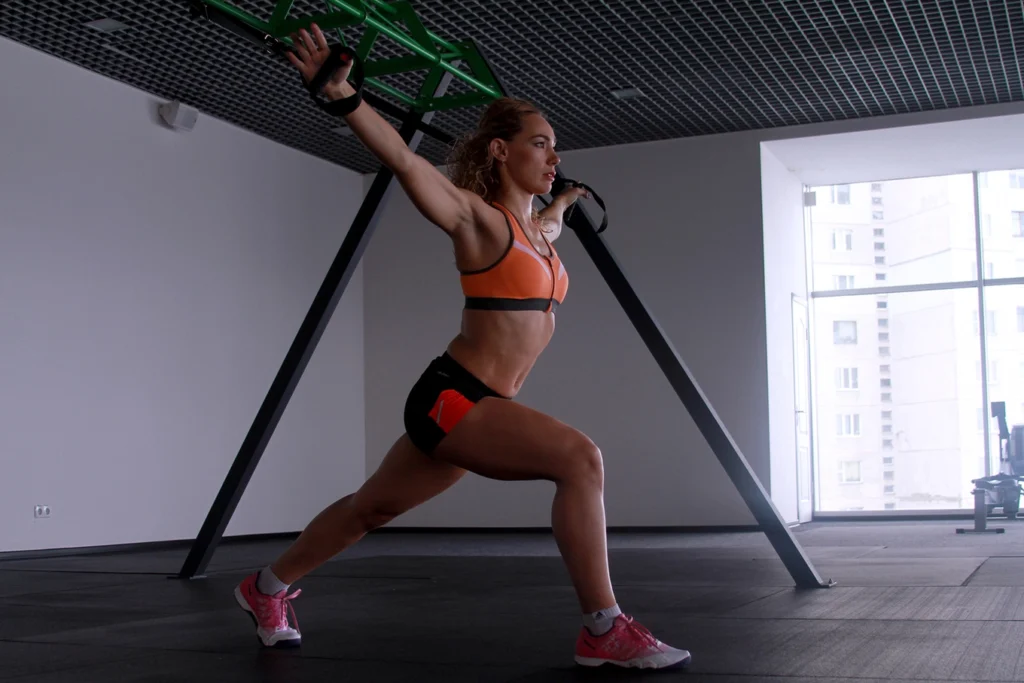
3. Conceptual Photography: Making a Strong Statement with Artistic Elements
Conceptual photography goes beyond the literal and creates images that evoke ideas, emotions, or abstract concepts. This type of photography is highly artistic and often used to build a distinct identity for a brand or to communicate a deeper message.
Examples:
- Architectural Photography:The Ritz-Carlton and Marriott Hotels use conceptual photography to highlight the grandeur and elegance of their properties. Photographers focus on architectural details and creative compositions to create dramatic, captivating visuals that appeal to luxury travelers.Techniques:
- Wide-angle lenses for expansive shots
- creative lighting to emphasize form
- architectural features framed in unique ways.

- Beauty and Cosmetics Photography:Estée Lauder and Chanel utilize conceptual photography to promote their beauty products, often using high-fashion models and dramatic lighting to elevate the product and emphasize luxury.Techniques:
- High-fashion lighting
- close-ups of makeup textures
- using models that represent the target demographic.
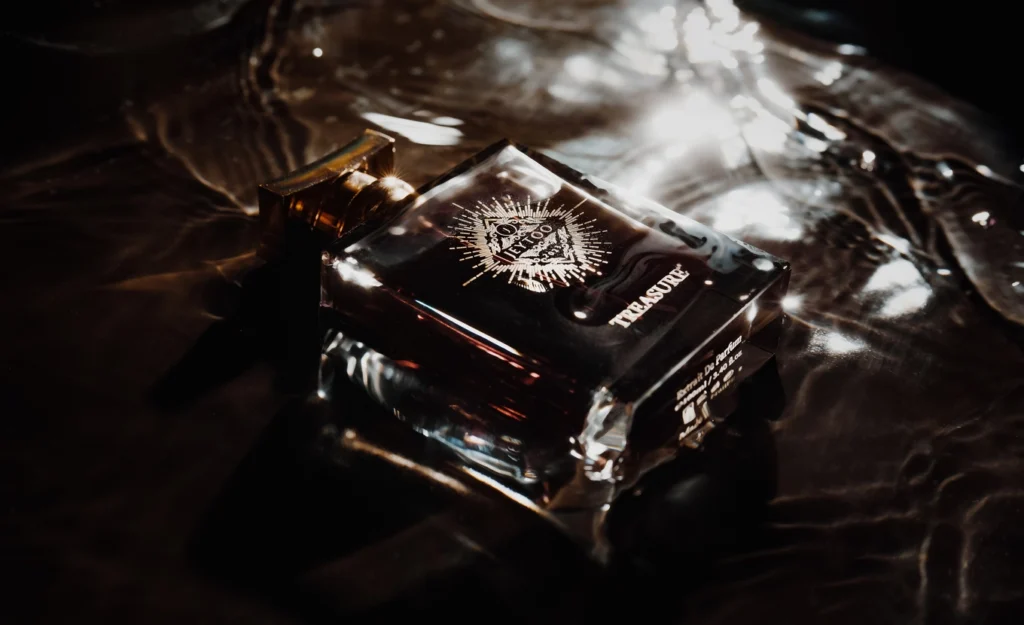
- Music and Entertainment Photography:MTV and major record labels like Universal Music often use conceptual photography to promote albums, concerts, and artists. These images are often edgy, using unusual lighting and compositions to capture the energy of the artist or performance.Techniques:
- Dramatic lighting
- creative post-processing
- storytelling to connect with the audience on a deeper emotional level.
In the world of editorial and fashion photography Dubai has emerged as a creative hotspot, blending modern urbanism with regional aesthetics to craft memorable conceptual images.
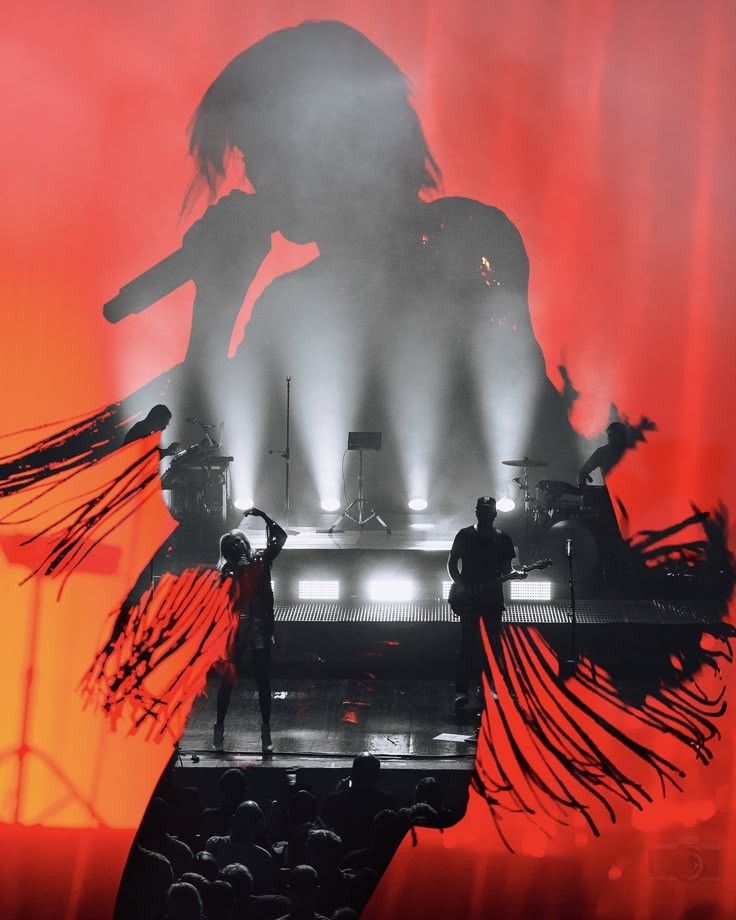
4. Model Photography: Showcasing Personality and Style
Model photography is focused on portraying human subjects in ways that represent the brand’s aesthetic and values. It can range from high-fashion editorial shots to casual and approachable imagery for beauty or lifestyle products.
Examples:
- Fashion Model Photography:Vogue magazine is a prime example of high-fashion model photography. It often features models in striking poses and avant-garde outfits, showcasing the latest trends in creative and artistic ways.Techniques:
- Studio or on-location shoots
- dramatic lighting
- detailed styling to evoke a specific theme or story.
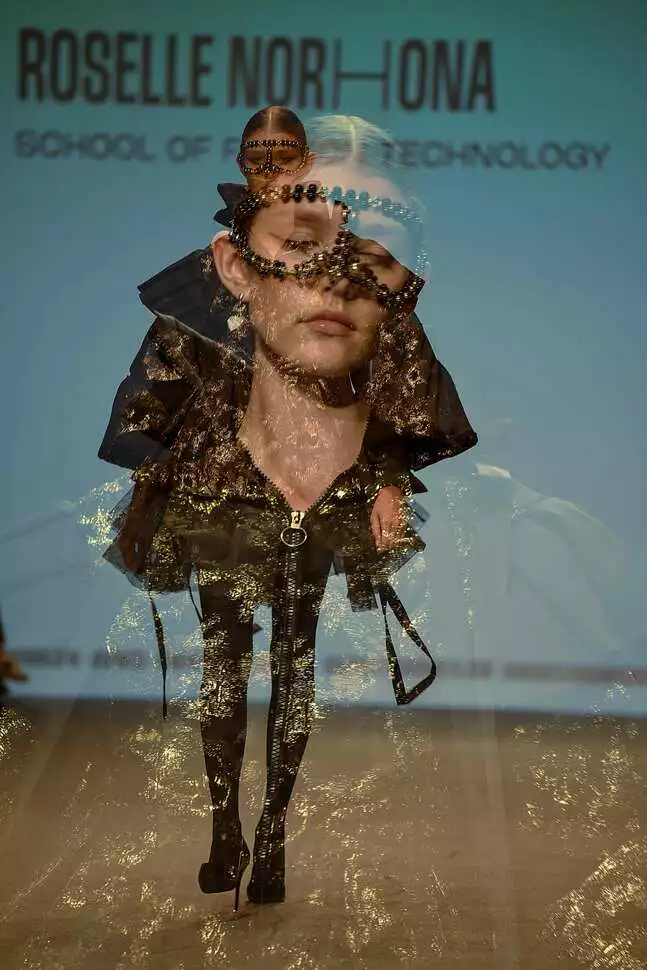
- Commercial or Catalog Model Photography:Target and Amazon use commercial model photography for their e-commerce sites, often featuring everyday people using the products in real-life settings to create a relatable atmosphere for their target audience.Techniques:
- Simpler lighting setups
- approachable facial expressions
- neutral backgrounds to keep the focus on the product.
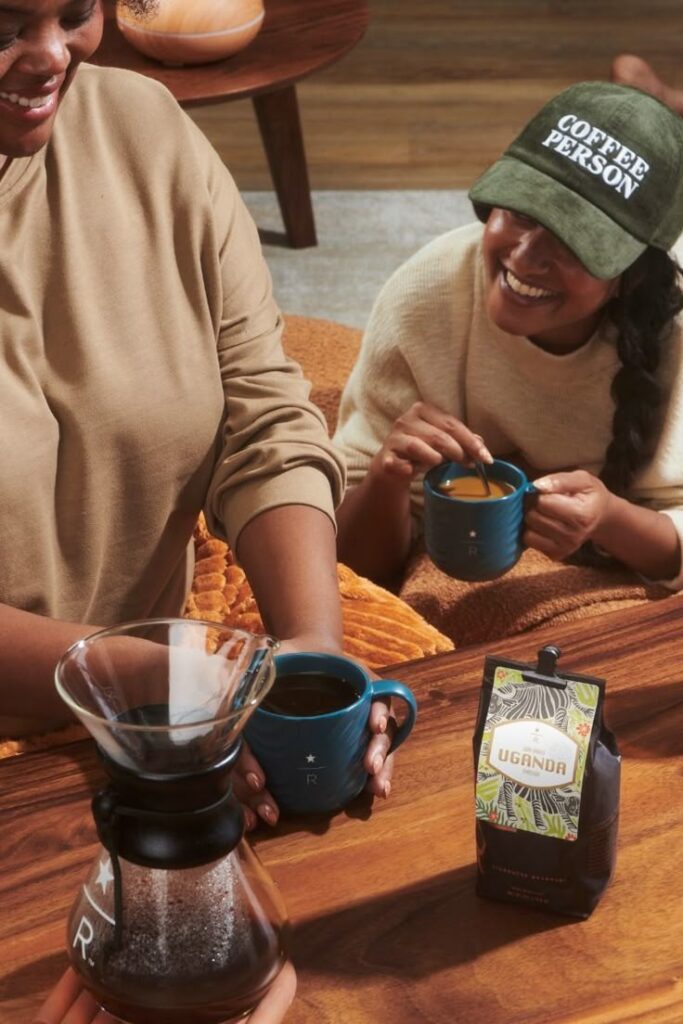
- Health & Fitness Model Photography: Lululemon and Adidas use fitness model photography to show how their products enhance athletic performance. These images often feature dynamic action shots, with models wearing the latest activewear.Techniques:
- High-energy
- dynamic lighting
- capturing strong postures
- focusing on the model’s strength or vitality.
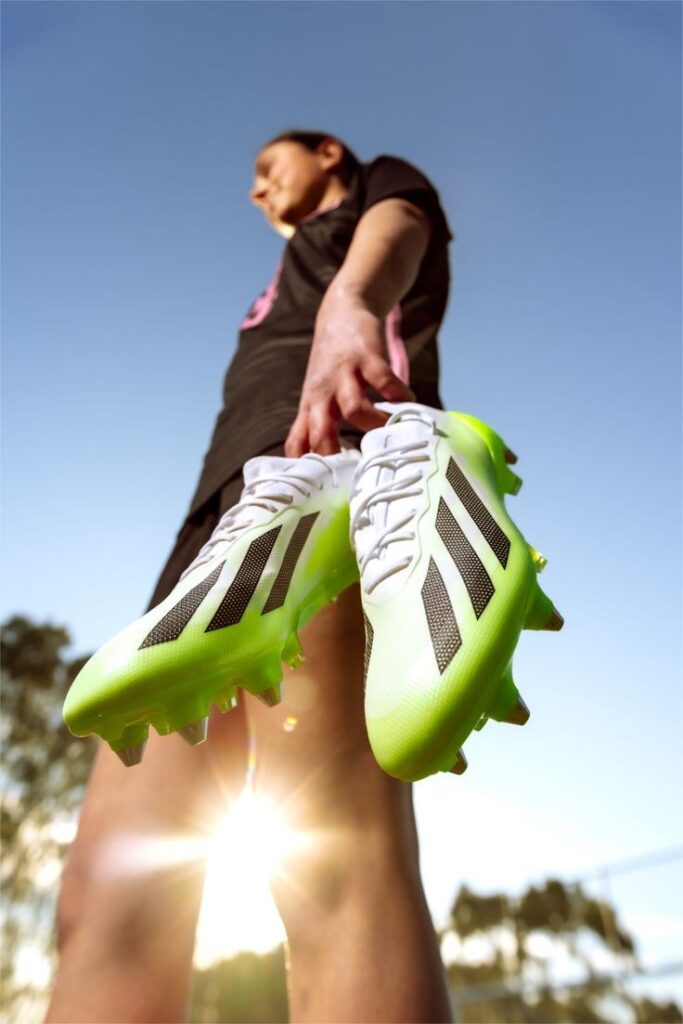
How Advertising Photography Boosts Brand Image
Advertising photography is one of the most powerful tools in building and enhancing your brand image. Well-executed advertising photos help communicate your brand’s story, personality, and values in a visually compelling way. Consistency in visual storytelling across various channels, whether it’s social media, websites, or print, builds trust with your audience and strengthens your brand’s identity.
- Example: Coca-Cola is a prime example of using consistent, emotional photography across various platforms. Its photos of people enjoying a Coke, often in warm, social settings, convey happiness and togetherness, reinforcing its brand identity of refreshing joy.
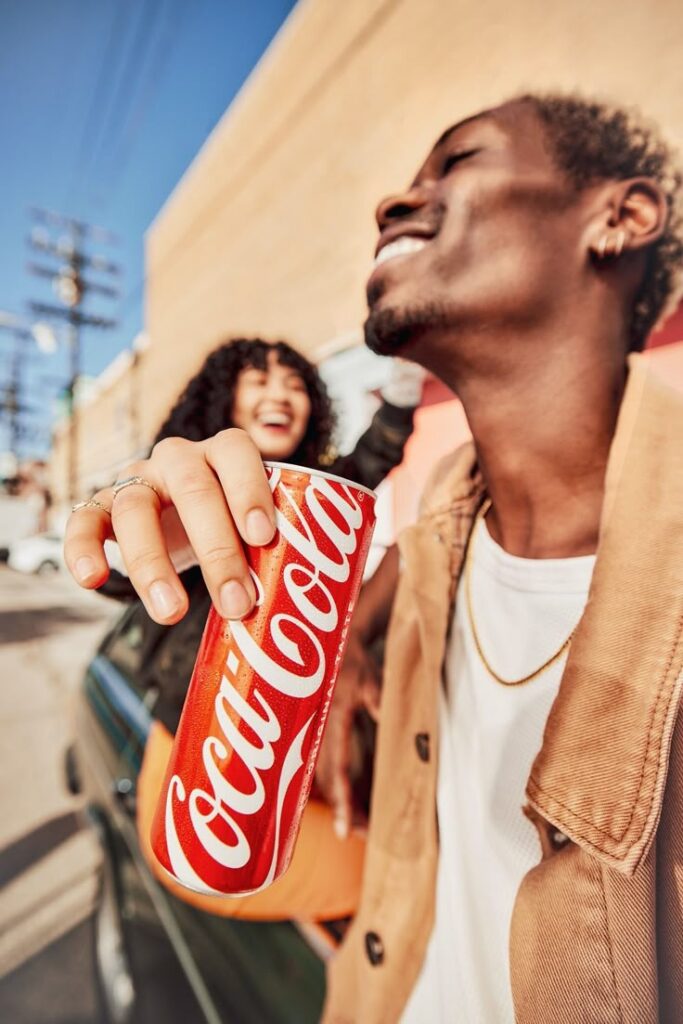
Essential Equipment for Advertising Photography
The right equipment is essential for achieving top-notch results in advertising photography. While creative skills are key, using the right tools will ensure that your images are sharp, vibrant, and professional. Here’s a look at essential tools for creating high-quality visuals:
- Cameras: Professional DSLR or mirrorless cameras are crucial for capturing high-quality commercial photography.
- Lenses: Depending on the shot, you may need specialized lenses, such as a macro lens for product photography or a wide-angle lens for lifestyle shots.
- Lighting: Proper lighting is essential in creating the right mood and highlighting key details of the product or service being featured. Softboxes and diffusers are essential for controlling light and shadow.
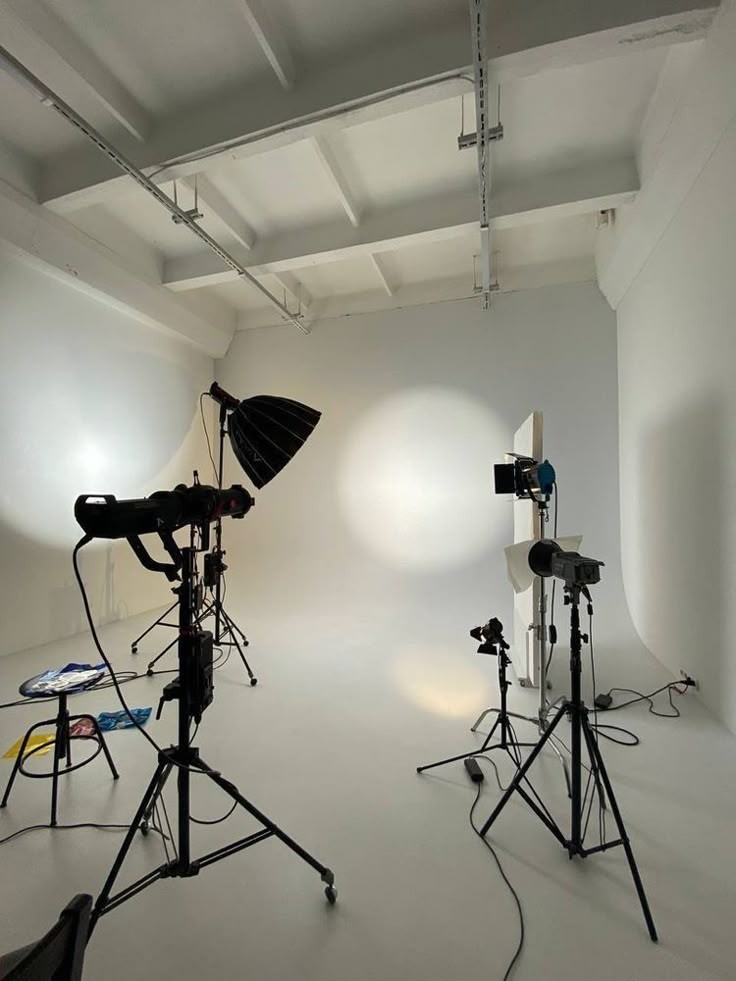
Tips for Creating High-Impact Commercial Photos
- Experiment with Lighting: Lighting can dramatically alter the look and feel of advertising photography. Use different lighting setups to add depth, highlight product features, and create the desired mood.
- Tell a Story: Every great advertising photo tells a story. For lifestyle photography, show your product in use, creating an emotional connection with the viewer.
- Focus on the Benefits: When capturing products, make sure the benefits are clear. Highlight the unique features that make the product stand out.
- Maintain Brand Consistency: Your advertising photography should align with your overall brand identity. Consistent use of colors, logos, and visual style will reinforce your brand’s message.
- Stay Authentic: Customers are drawn to authentic, relatable visuals. Avoid overly staged photos and focus on creating realistic, engaging imagery.
Conclusion
In conclusion, advertising photography is not just about capturing beautiful images—it’s about telling a story, building brand identity, and driving customer action. Whether you’re focusing on product photography, lifestyle photography, or conceptual photography, the right visuals can significantly boost your brand’s success. Invest in high-quality commercial photography and watch your brand grow and thrive.
Ready to Transform Your Brand with Powerful Advertising Photography?
In today’s visual world, high-impact photography isn’t optional — it’s essential.
Brands like Nike, Apple, and Gucci invest heavily in stunning visuals because they know great photography builds emotional connections, inspires trust, and drives action.
Now it’s your turn.
Whether you’re launching a new product, refreshing your brand, or aiming for a stronger market presence, professional advertising photography can make all the difference.
Don’t let your brand blend into the background.
Elevate your visuals. Tell your story. Captivate your audience.
Ready to create visuals that sell? Let’s bring your brand’s vision to life.
Contact us today to get started!



